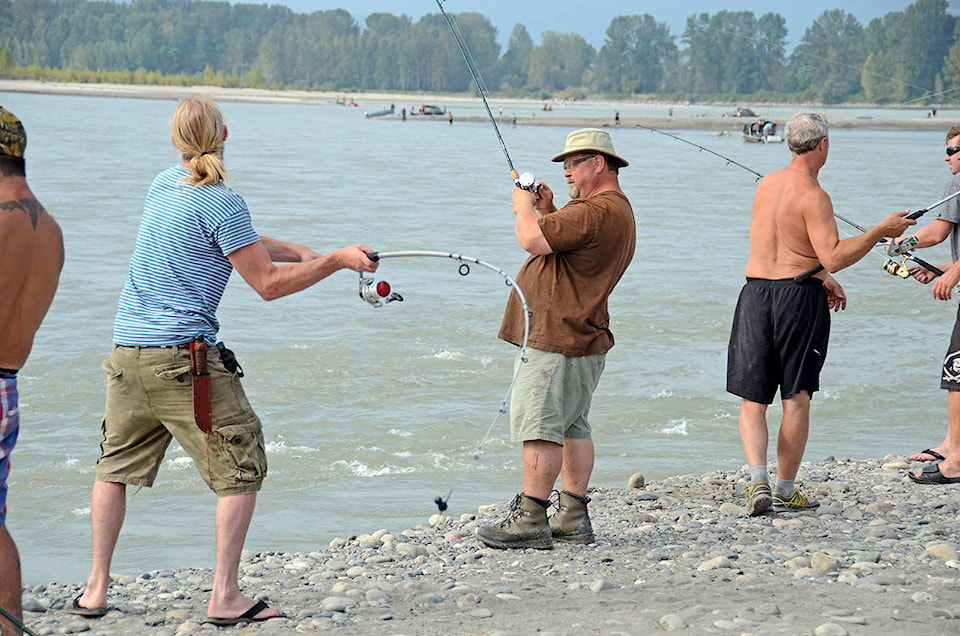(Re: “B.C. First Nations call for closure to commercial, recreational fishing on Fraser River,” AHO online, Aug. 7, 2019)
The Fraser has been closed to salmon fishing for recreational anglers for sometime and will remain closed until August 23rd. Then there are additional closures that will come into effect to protect Thompson Steelhead and Interior Fraser River Coho stocks in late August and into September.
These days the Fraser basically stays closed all spring, summer and fall to protect one stock or another. The real story here should be how you can’t fish the Fraser River for salmon anymore and it is one of the largest salmon rivers in the world.
Gone are the days of taking a kid down to the Fraser River to fish. This fishery is where a lot of anglers are introduced to the sport as it is close to all the major population bases and the barrier to entry is low. You don’t need a boat and you can get to some spots by transit. You also don’t need a lot of fancy gear.
Recreational anglers have the ability to fish selectively. For instance, there are a lot of chinook in the river and the methods use by recreational anglers only work for chinook and you would never catch a sockeye, it is called Bar Fishing. However, the river is closed to recreational anglers because even if we are fishing for chinook and not encountering sockeye, it gives FN the right to put nets in the river and they will harvest the much weaker sockeye run (not a good sockeye run this year). The sockeye need to get above the slide, the chinook don’t, they are going into the Thompson River that is well below the slide.
The recreational angling community is really quite fed up with FN efforts to keep us from fishing when our methods are selective and have extremely low impact. The limit for chinook for instance is one a day and you can keep 10 all year.
It would be better if all user groups such as recreation and FN worked together to force DFO to work on habitat and shut down some of the commercial fishing.
Often the largest harvesters of the resource, both legal and illegal, are FN gill nets and commercial nets, trollers, and seiners. You can’t manage a fishery by shutting down recreational anglers that have the lowest impact.
-Jason Tonelli, Vancouver
news@ahobserver.com
Like us on Facebook and follow us on Twitter
